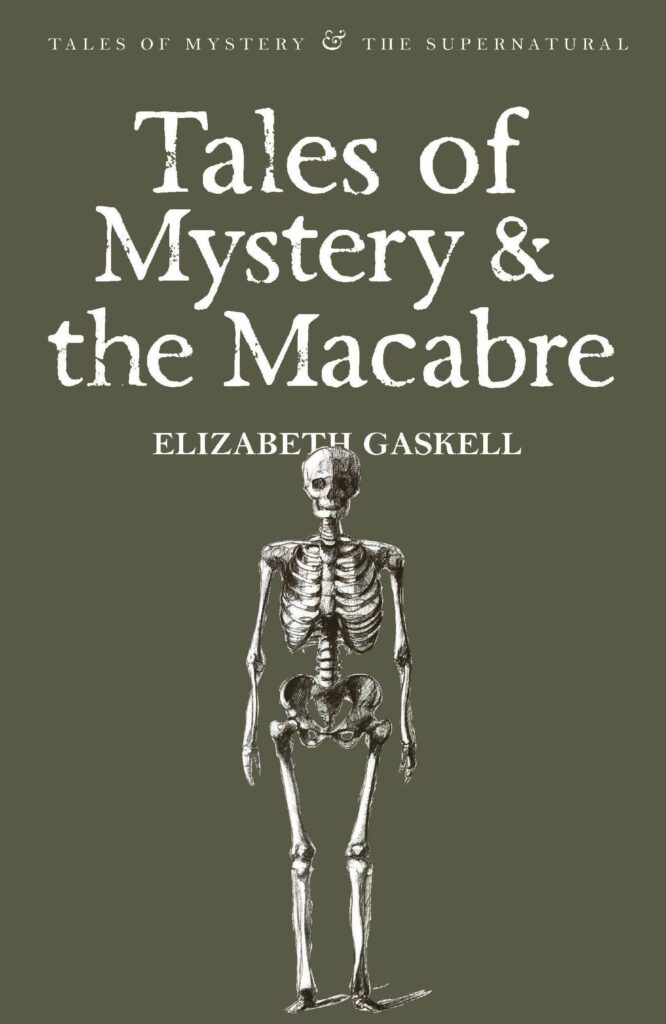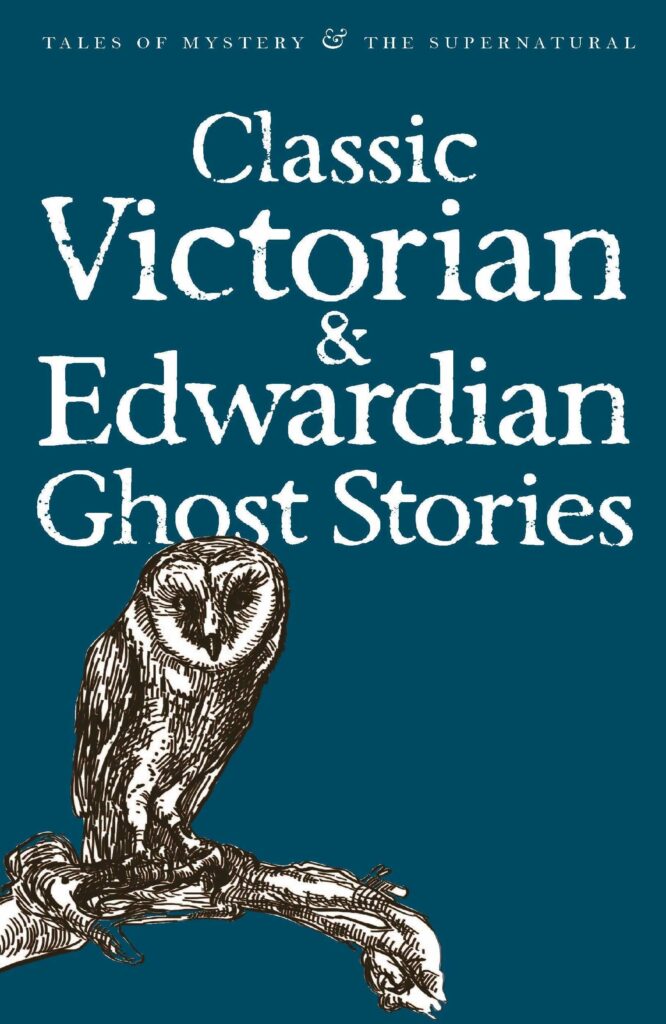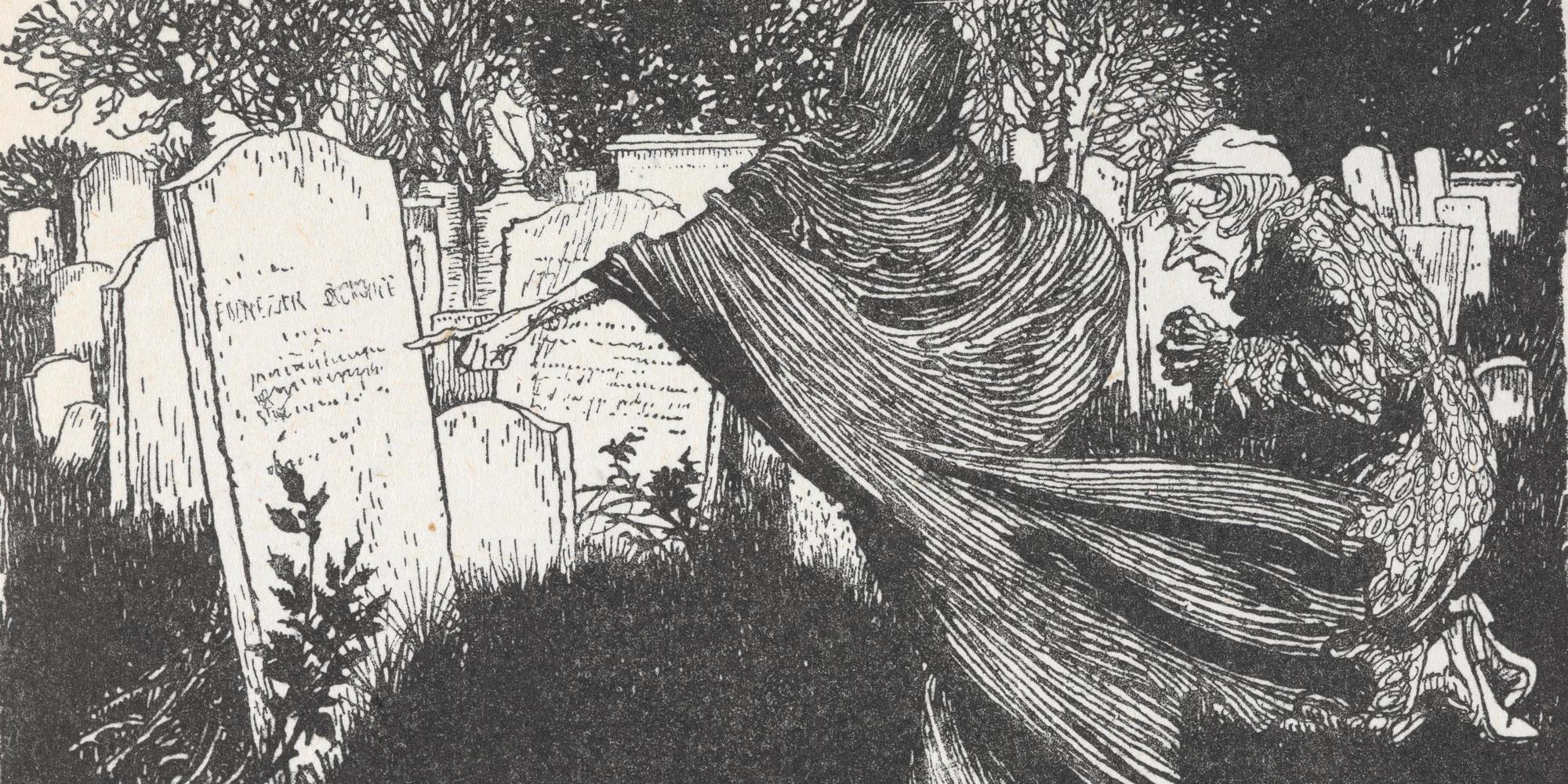
Chills at Christmas
December. Dark nights. Christmas. Time for a ghost story. A consideration of spooky tales for the festive season by David Stuart Davies
It has now become a tradition for us to challenge our fears at this period of the year by reading a spooky yarn or a tale of the supernatural. There is something strangely comforting in curling up by the fire, while the wind howls outside and losing ourselves in some diabolical piece of dark fiction guaranteed to raise goosebumps and freeze the blood. ‘Christmas’, as Jerome K. Jerome observed, ‘… is a genial festive season and we love to muse upon graves, and dead bodies, and murders, and blood.’
It could be said that the tradition of mixing with the spirits all started with Charles Dickens, who is regarded by many as the father of the modern Christmas, the season of goodwill to all men. Certainly, much of the sentiment, affection and jubilation attached to this festive time was stimulated by his heart-warming Victorian ghost story, A Christmas Carol.
Dickens wrote the novel just before Christmas 1843, the same year the first commercially produced Christmas card was sent, and the story both reflected and influenced a growing trend for marking Christmas with secular celebrations. Dickens began work on the story in October 1843. Michael Slater, one of Dickens’s biographers, describes the book as being ‘written at white heat’. It was completed in a mere six weeks. A Christmas Carol was published on 19 December and remarkably the first run of 6,000 copies sold out by Christmas Eve.
Despite some really frightening moments in the novel – the orphan wretches representing Want and Ignorance being revealed within the folds of the cloak worn by the ageing Ghost of Christmas Present and the dark faceless spirit of Christmas Yet to Come who shows Scrooge his own grave, for instance – there are also moments humour and pathos woven into the plot and, of course, after all, that happens to the old miser, a happy ending beckons. All these ingredients make it an ideal Christmas read, which sets out to chill the reader and ends up warming them. A Christmas Carol has never been out of print and the story has been staged and filmed many times, as well as being the source for a ballet, a musical, numerous one man-dramatisations and many parodies. If you haven’t read it, you must. If you have read it, read it again and recapture the rich icy enjoyment once more.
Another festive treat to help freeze the blood can be obtained by dipping into one of the ghost stories of M.R. James, the master of the genre. James refined the practice of raising goose pimples of unease into an art form. It was while he was lecturing at Cambridge that he began writing ghost stories to be read aloud. In late 1893 James presented the first of his haunting stories, ‘Canon Alberic’s Scrapbook’ to the Chitchat Society, a regular meeting of college associates with a literary bent. The story was a great success, and this became the first of such occasions with James reading of one of his ghostly tales to a select gathering of friends at Christmas time. The ritual was well underway by 1903 when he delighted and shocked his audience with one of his most frightening stories, ‘Oh Whistle and I’ll Come to You, My Lad.’ I defy anyone not to be chilled by the final scene in this gripping tale.
The Turn of the Screw, written by Henry James, is another classic Victorian chiller. The story tells of a governess who, caring for two children at a remote estate is convinced that the place is haunted by an evil spirit which is determined to possess her charges. The story is recounted by an unnamed narrator to a group of friends in a dimly lit room around a blazing fire: ‘…it was gruesome, as on Christmas Eve in an old house a strange tale should essentially be.’
‘The Blue Carbuncle’, the only seasonal Sherlock Holmes story penned by Arthur Conan Doyle is, I admit, not particularly chilling but it is engaging and a little bizarre. One Sherlockian scholar referred to it as ‘a Christmas story without slush’. In an economical but highly effective manner, Doyle conjures up a vivid picture of a late Victorian yuletide, with the added ingredients of a clever crime, cunning plot and the usual deductive pyrotechnics from Sherlock Holmes. Many fans of the famous detective carry out the ritual of re-reading this entertaining story every year around December the 25th.
Doyle, of course, wrote other fiction which dabbled in the realms of ghosts and ghouls. Two of my favourite tales of his which are guaranteed to provoke a shudder are ‘The Captain of the Polestar’, which is set in the icy wastes of the Arctic where a ship trapped in the ice is being haunted by a spirit bringing delirium and death to the crew; and ‘Lot 249’, the original reanimated Egyptian mummy tale, the inspiration of the Universal mummy horror films of the thirties and forties.
While Doyle created a fine body of creepy stories, it is true to say that no Victorian author worth their salt failed to concoct a chilling tale for the titillation of their readers. Sir Andrew Caldecott is a little-known practitioner of the genre. He was a successful civil servant in his day job, but he was also accomplished at creating a range of unsettling tales, which are collected in the volume Not Exactly Ghosts – the title of which gives a hint to his rather unusual approach to the practice of creating fearful fiction.
Other authors who had great powers of unsettling the reader with their short stories of spirits from beyond the grave, night-time terrors and things that go bump in the dark include Elizabeth Gaskell, E.F. Benson, Wilkie Collins, Edith Nesbit, Henry James, Amyas Northcote, Oliver Onions, Sheridan Le Fanu, and Edith Wharton. Many of these brilliant authors and the others mentioned in this piece have volumes in the Wordsworth Tales of Mystery & The Supernatural collection*. So, grab hold of a copy, settle down in your favourite chair, near the warming fire, making sure the door is locked and lose yourself in the chilling nightmare world of the ghostly unknown.
Image: Illustration by Arthur Rackham for Charles Dickens’ A Christmas Carol Credit: Album / Alamy Stock Photo * Some titles are available only in eBook format. Please see our website for details.
Books associated with this article
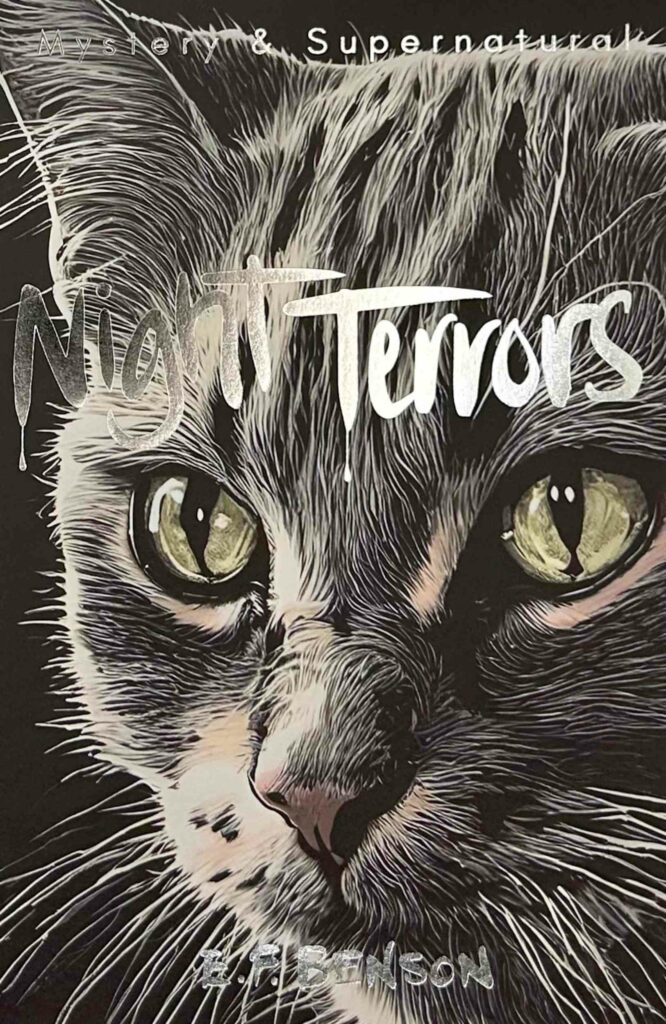
Night Terrors: The Ghost Stories of E.F. Benson
E. F. Benson
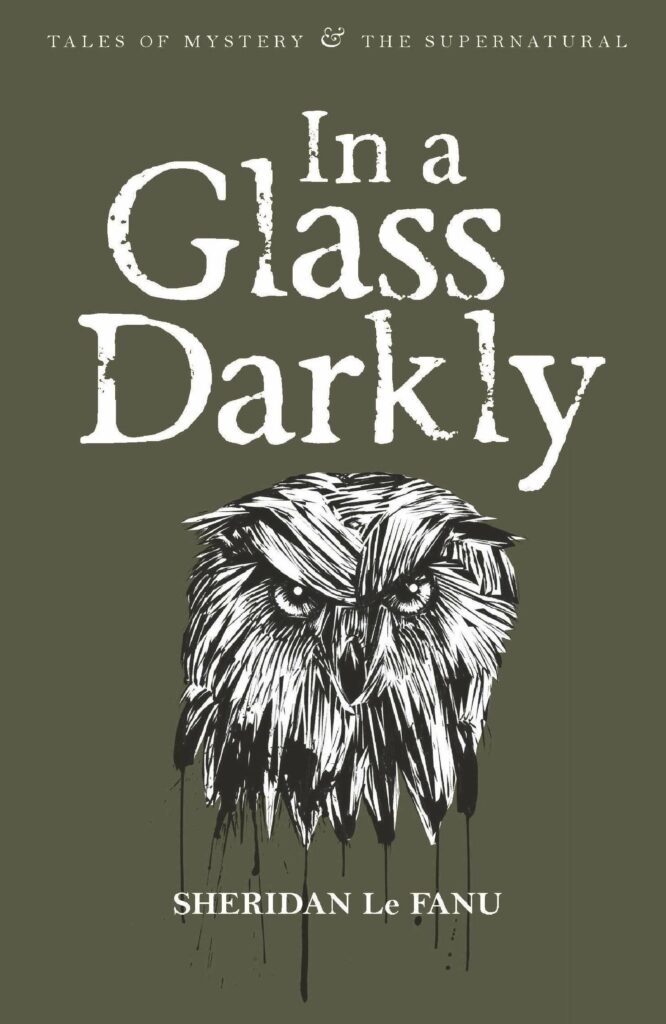
In a Glass Darkly
Sheridan Le Fanu
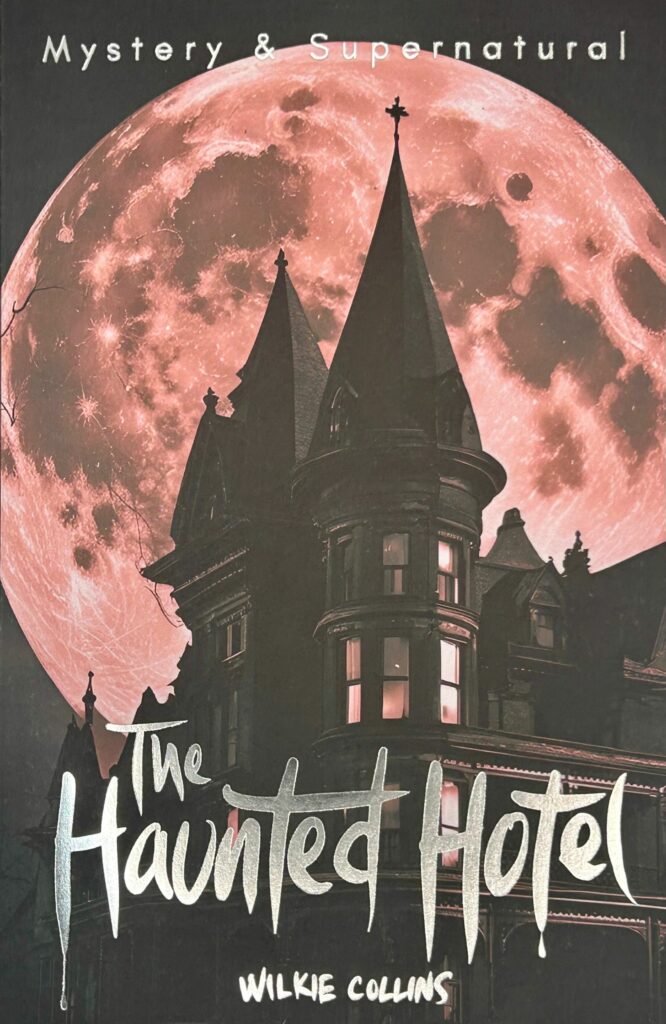
The Haunted Hotel & Other Stories
Wilkie Collins
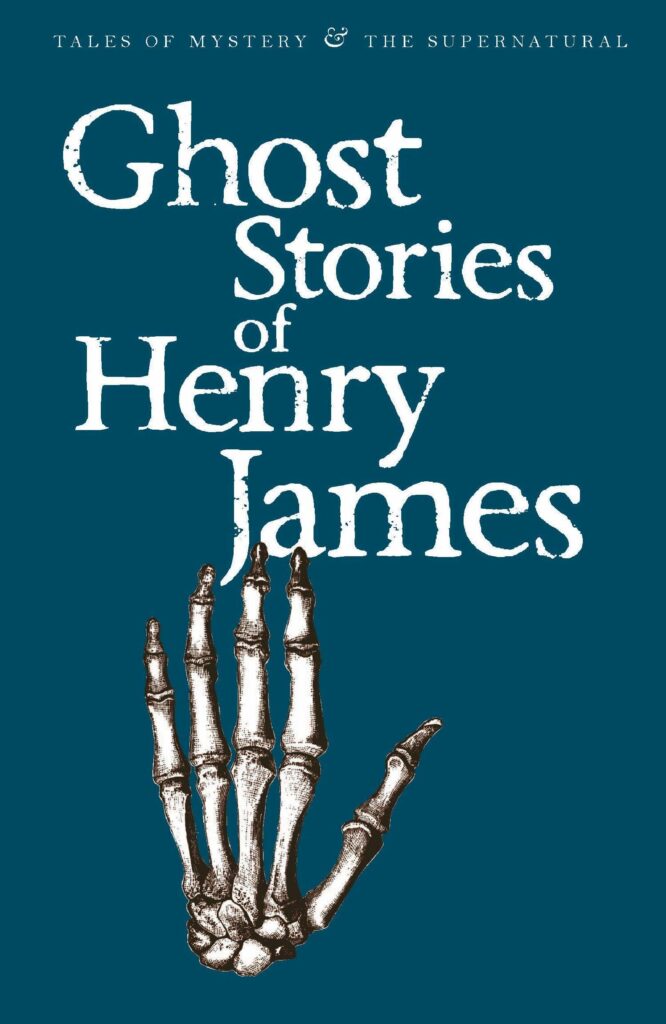
Ghost Stories of Henry James
Henry James
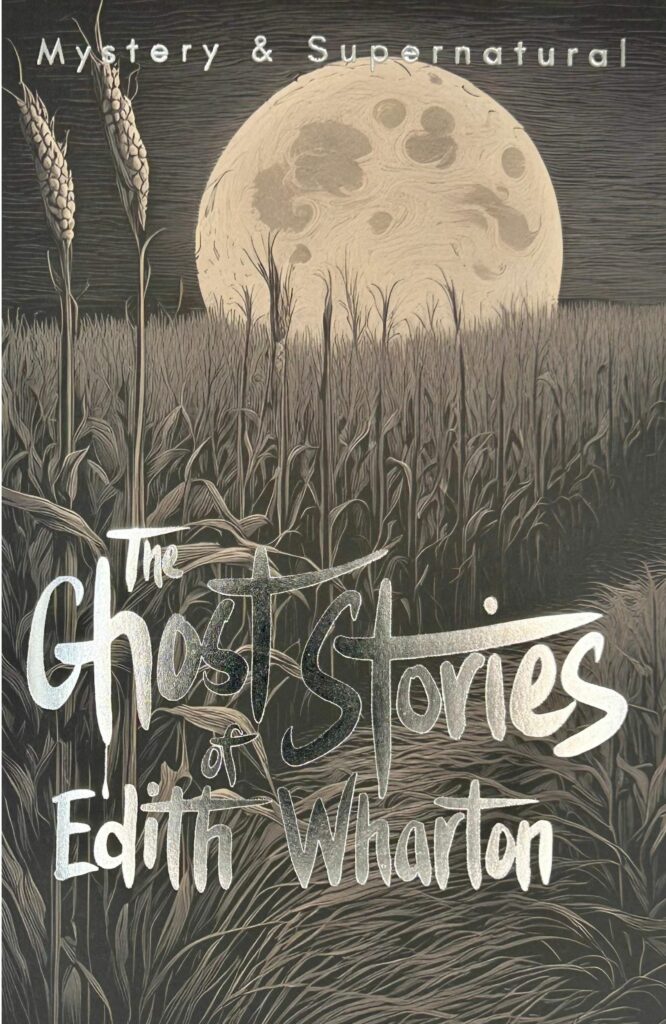
The Ghost Stories of Edith Wharton
Edith Wharton

Complete Ghost Stories
Charles Dickens
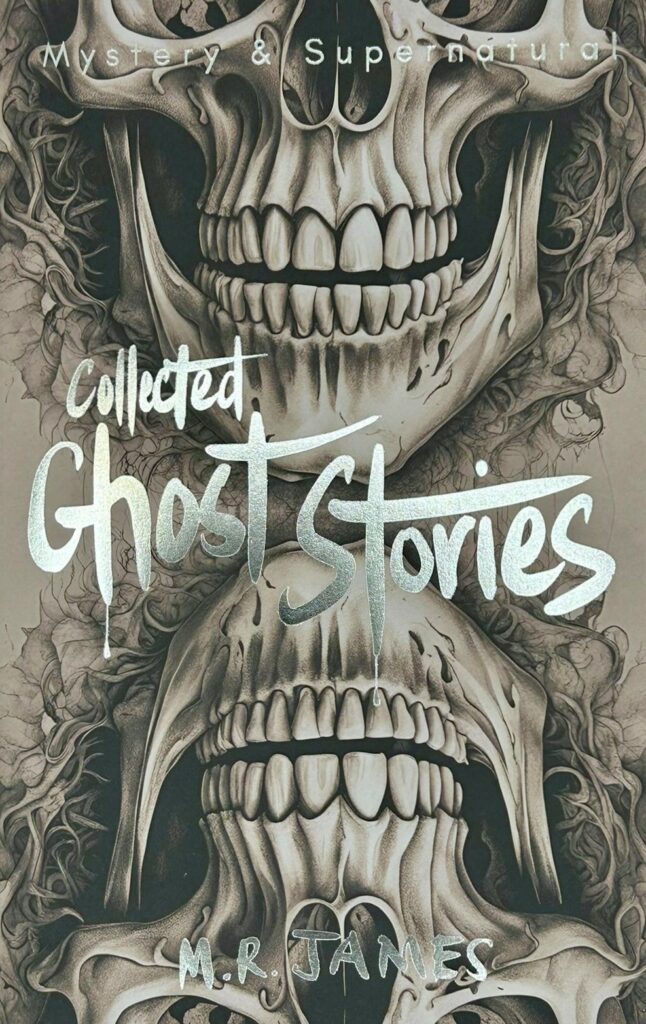
Collected Ghost Stories
M.R. James
